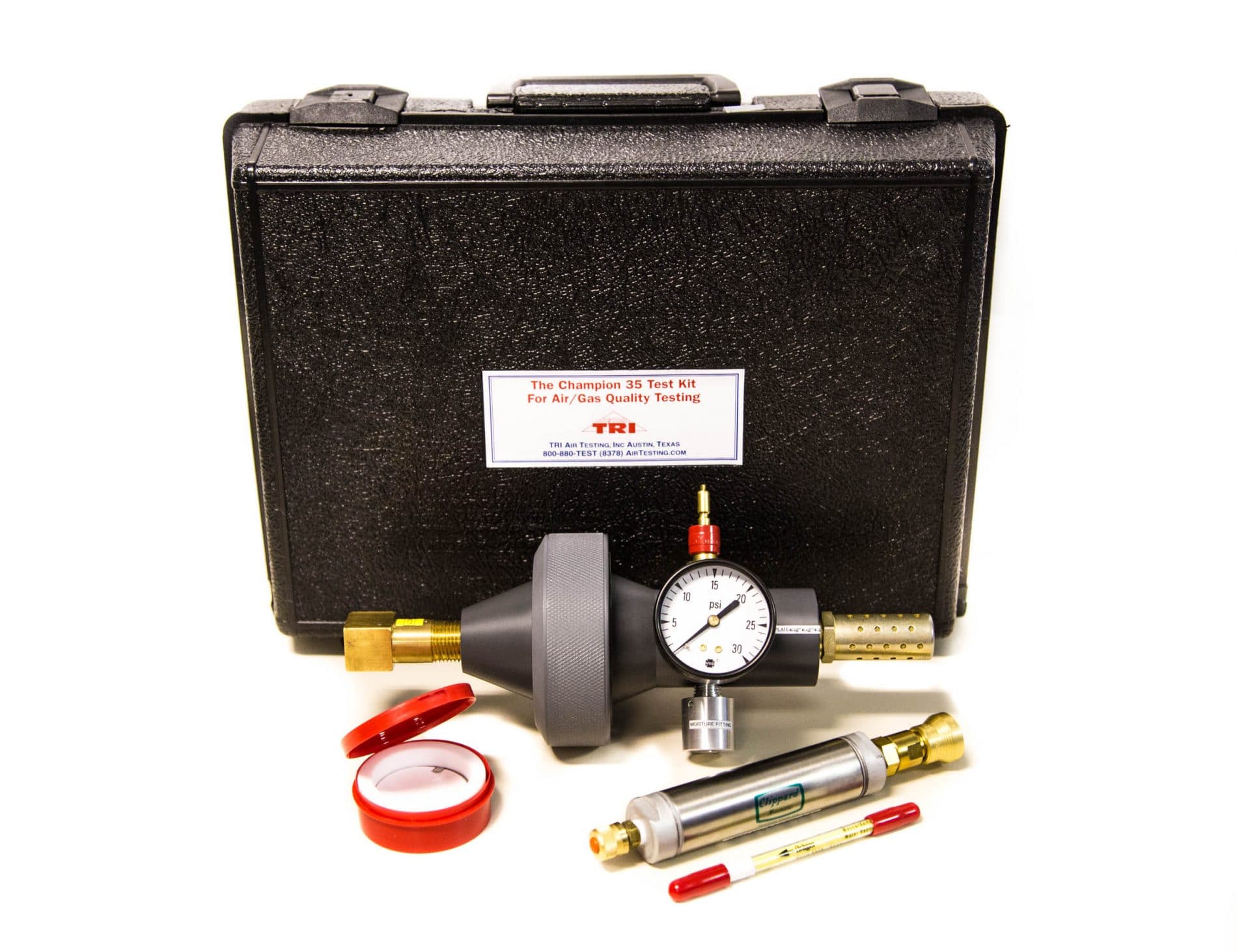Compressed Air - oil and water test
Can you use a brown paper towel method to test for water and oil in the compressed air system? For instance, at finished goods packaging, compressed air comes into contact with my RTE products. For this test, I would aim compressed air at the paper towel. If the paper towel shows no moisture or signs of 'wet', the system is considered dry....
I ask because I would like to avoid the extremely high prices for these lab tests. These GFSI schemes don't really account for the little guy trying to survive in an extremely concentrated retail sector. They seem a bit overkill for something that could be so simple...
Do we need to use a lab? This is a low risk environment, bread.
The code says:
11.5.5 Air and Other Gases 11.5.5.1 Compressed air or other gases (e.g., nitrogen or carbon dioxide) that contact food or food contact surfaces shall be clean and present no risk to food safety. 11.5.5.2 Compressed air systems and systems used to store or dispense other gases that come into contact with food or food contact surfaces shall be maintained and regularly monitored for quality and applicable food safety hazards. The frequency of analysis shall be risk-based and at a minimum annually.
The 'right' answer is that you have to look back to your food safety plan and risk analysis and see what risks compressed air is presenting to your product.
In practice, I've not heard of any successful defense / justification of the brown paper towel test. I think you'll have to get some testing done. I'm not sure what budgets you're looking at but I think you can get testing kits for under $1,000 and if you can say you need it only annually, that's not likely to break the bank.
Someone on here will have a better source for suppliers, I'm not sure who we use but they send us, basically, petri dishes that we blast our air into and send back for analysis.
$1,000 is a lot. People tend to say what you say, "won't break the bank", but every business is different when it comes to availability of money. Especially adding up not only the certification cost, Kosher costs, metal detector calibration costs, food safety employee cost, and everything else in between; Certification is not cheap. Employees see it is chump change I guess, but as a small business, with a small operating budget, every dollar matters. Not for greed, but for overall survival of the company....
Validate and verify. Set it up, perform a detailed test once to validate it. Perform routine maintenance like changing out filters with an inspection to verify.
Does your compressed air actually touch food? If so, you'll need to find something better than the paper towel test for oil and moisture, as the concern from compressed air is that biological contaminants can be introduced from the air, inside of hoses, the compressor, etc.
I've never worked in a plant where we had to do it because the compressed air wasn't used for food contact. The first plant I worked at had a huge compressor that pushed air all over for using tools and operating pneumatic rams on things like our metal detectors. It had an air dryer that didn't function, and employees would joke that we could fight fires with those air hoses... Eventually we got it resolved and our air would come out clean against a paper towel, but we were never challenged beyond that by SQF auditors because our programs specifically prohibited using compressed air on any food or food contact surfaces.
I have seen a filter paper / coffee filter used in SQF certified facilities were air touched food contact surfaces and food. The standard does not really dictate how you "monitor". It's not the best way to "monitor", but it is "monitoring."
for micro, I've seen companies blow air on to hydrated petri film for X time or use the parker camtu device.
I'd probably be more concerned with the presence, placement, and maintenance of air equipment, filters, etc.
He logs the findings and should they find an issue he then does a. CAR, executes it and conducts a followup.
Has always been acceptable at audit time.
Plus he plays a lot of tennis!
I did a test once from a place that sent me this whole setup that you hook up to the air, and it takes an uncontaminated sample. As far as blowing direct onto a petri dish, I've read that can give you pretty wild results and some auditors will not accept this method. The thingy I rented was like 500 including testing I think? Give or take. They mailed it to me, I hooked it up, did the sampling, and sent everything back. Was easy. Looked something like this:

We did something similar as MDaleDDF and the whole thing cost is about $380. We do not use compressed air on anything food contact but decided to do it just to have results in case an auditor asked or if during the audit someone broke protocol accidently and was seen cleaning with compressed air or something. That way we could say, hey we tested and had no issues and also to use as a basis for our risk assessment.
We are a paperboard packaging manufacturer. I use 3M Petrifilm rapid Yeast and Mold. Blow air form each point of use on the hydrated plates for 5 minutes and leave them in a box in my office for 48 hours then read the results. I hydrate them with 1ml sterile eyewash solution - Cheap. Lots of videos on how to hydrate and read results. We use an upper limit of 10 per sample each of yeast and mold. We have point of use filter regulators and change the filters annually to eliminate physical contaminates. Our compressors are also triple filtered and serviced every 3 months.